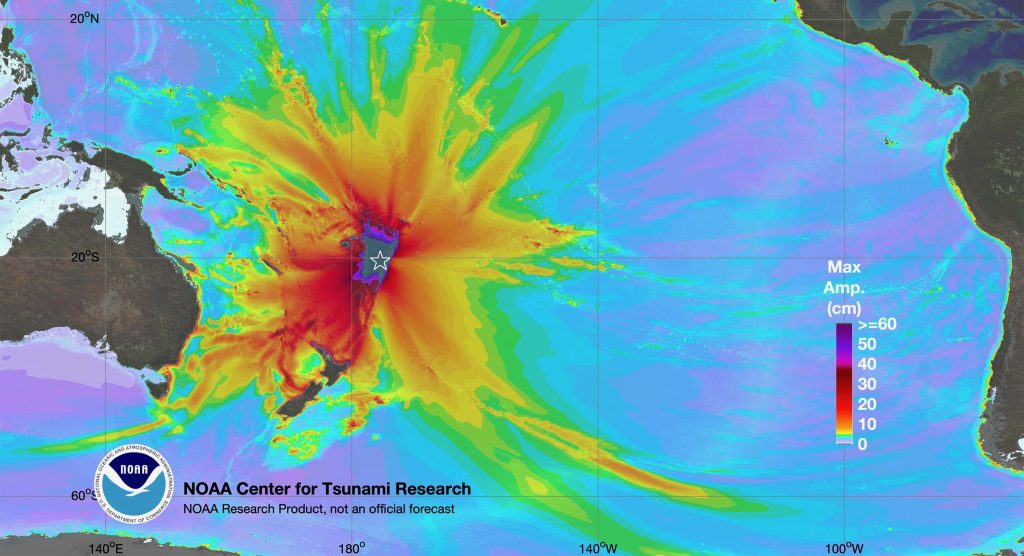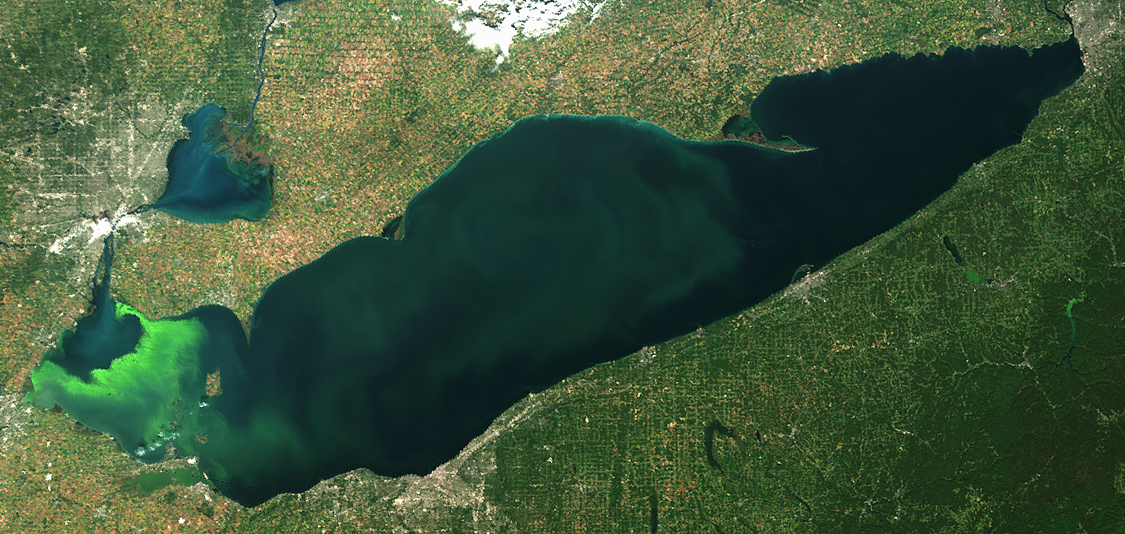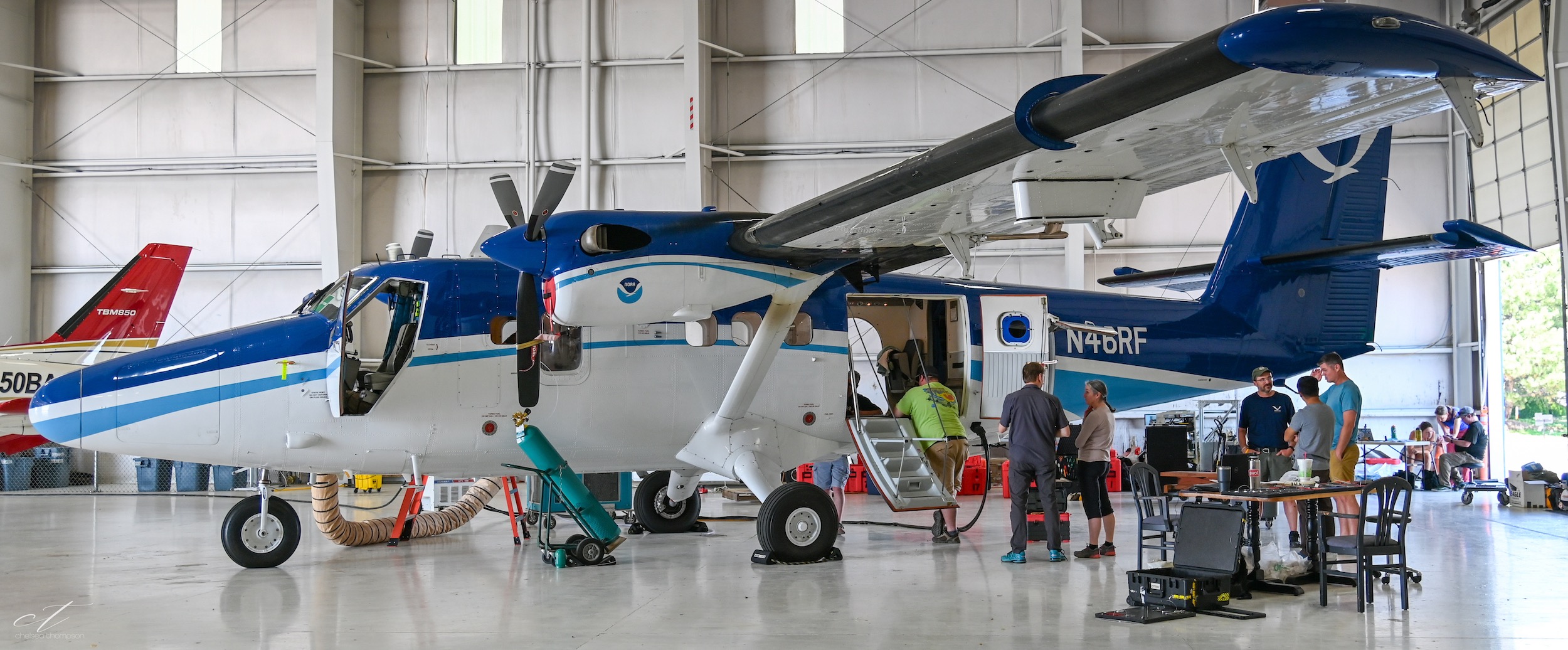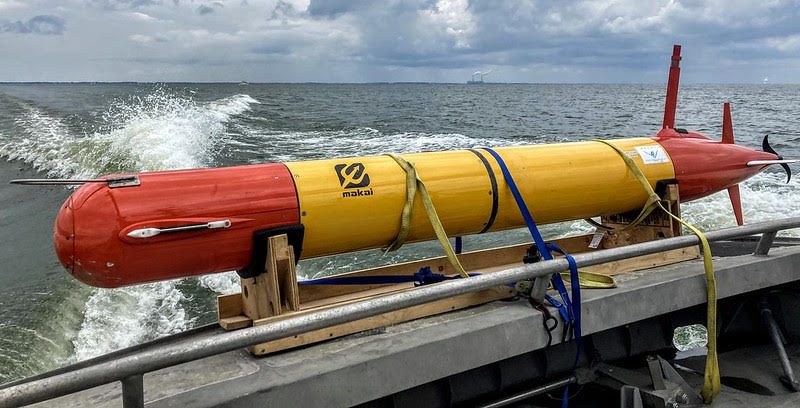The extraordinarily powerful eruption of Hunga volcano in the Tongan archipelago in the southern Pacific Ocean on January 15, 2022 blasted gas and ash 36 miles high, generating atmospheric gravity waves, two different types of destructive tsunamis, and the loudest atmospheric explosion recorded by modern instrumentation. It was one of the largest eruptions of the past 300 years.
Initially, scientists suggested the explosion occurred when magma reacted violently with water that had infiltrated the caldera of the submarine volcano, or perhaps by the collapse of the caldera itself.
Now a team of international scientists have proposed an alternative eruption mechanism, saying the trigger was the accumulation of mineral deposits within the volcano closing off exit pathways for gases from magma to escape, leading to the buildup and catastrophic release of pressure strong enough to generate shock waves that circled the planet. This theory is consistent with various lines of evidence. Their findings are detailed in a paper that has been accepted for publication in the Journal of Volcanology and Geothermal Research.
“There are many submarine volcanoes within U.S. territorial waters that have the potential for hazardous explosive eruptions,” said Sharon Walker, an oceanographer at the NOAA’s Pacific Marine Environmental Laboratory and a study co-author. “It is very important to understand all the ways that volcanoes can generate tsunamis, and to incorporate these factors into prediction and modelling capabilities so coastal communities can be prepared and resilient.”

The Hunga volcano generated both extreme runup tsunamis and quite unusual and destructive meteotsunamis. The waves devastated Tonga islands locally, affected coastlines around the Pacific and were recorded around the globe, said PMEL tsunami researcher Vasily Titov. The explosive displacement of water within the caldera was one tsunami-generating mechanism. The explosion-induced pressure wave produced another kind of tsunami, often called a meteotsunami.
“There may have been other mechanisms involved as well, like landslides and pyroclastic flows off the caldera, for example,” he said. “Analysis of the tsunami data helps us better model the tsunami propagation. This new understanding will aid the development of tsunami forecast capabilities for similar events in the future.”
The researchers said their new theory also accounts for the eruption’s magnitude, the time sequence of the event, the massive amounts of volcanic gas that were released, the remaining volcano structure and the presence of minerals formed by gas from magma interactions with the surrounding rock (e.g. sulphate minerals) in the ash deposits.
For a submarine volcano to release enough energy through the water column to create this immense plume as well as a globally-felt atmospheric air blast and a meteotsunami, a colossal amount of force would be required, similar or even larger than that of the 1883 Krakatoa eruption.
“Our model describes a process that explains how the accumulation of volcanic gases over the months leading up to the eruption could generate this scale of explosive energy,” said lead author Richard W. Henley, a researcher with the Australian National University.
The theory is further supported by numerical modeling that calculated that the potential energy of the trapped compressed gas matched independent observations of the scale of the eruption, which has been assessed to have had a Volcanic Explosivity Index of 6.
“Not only does the paper suggest that the Hunga eruption was gas-driven but proposes that this mechanism may be characteristic of other extreme eruptions regardless of whether the volcano is oceanic or subaerial,” said Henley. “If correct, a pause in gas discharge may act as a precursor of a large eruption event.”
The research team will be returning to the Tongan archipelago this month onboard the New Zealand Research Vessel Tangaroa to collect geological, geophysical, and water column data in and around the Hunga volcano crater to further investigate the cause of the eruption.
Co-author Cornel de Ronde, a researcher with GNS Science in New Zealand, said that understanding the trigger is important for volcano monitoring and risk preparedness, not just for the Tongan archipelago but for submarine volcanoes generally..
“The eruption at Hunga has opened our eyes,” de Ronde said.
For more information, contact Theo Stein, NOAA Communications: theo.stein@noaa.gov.



